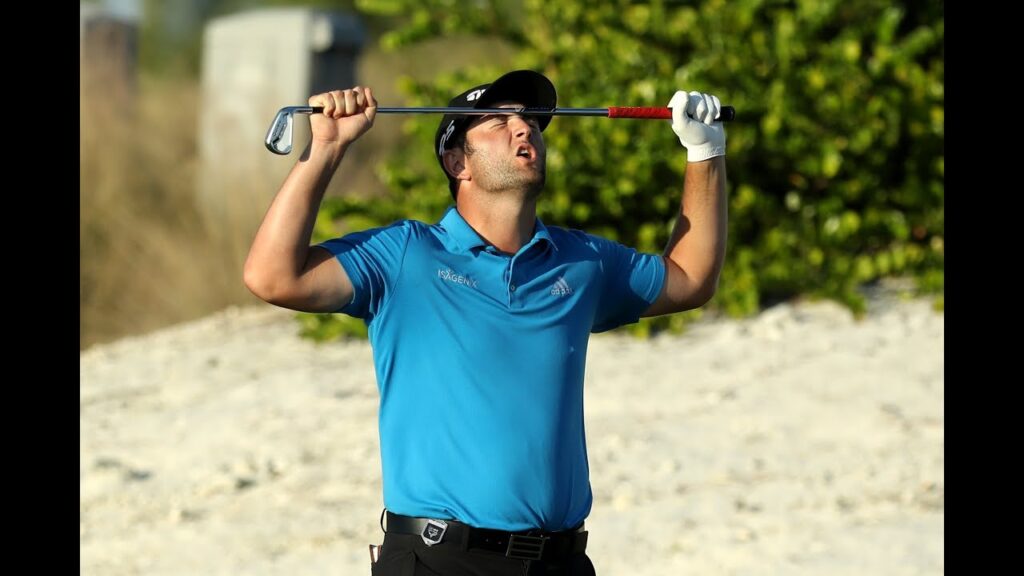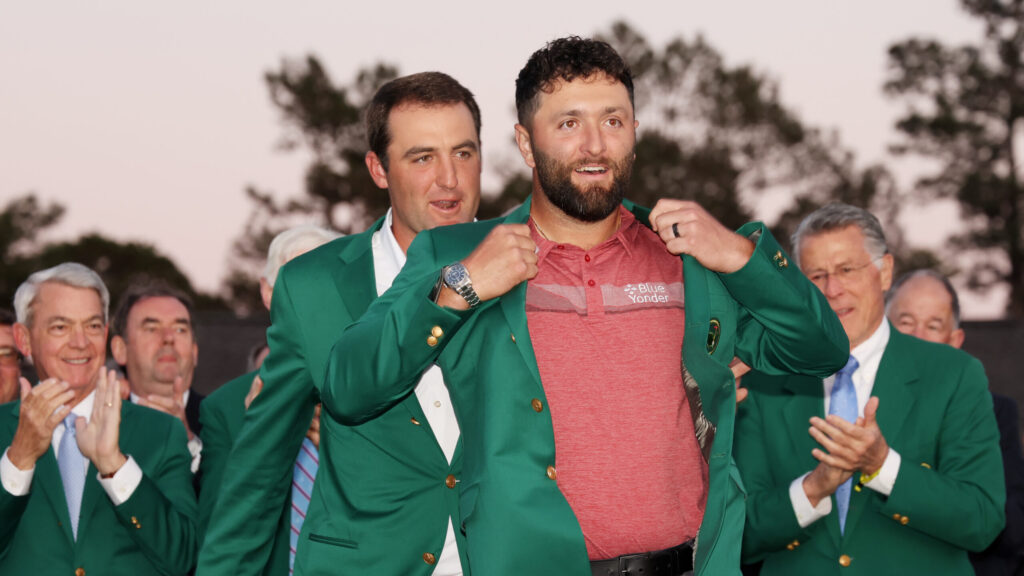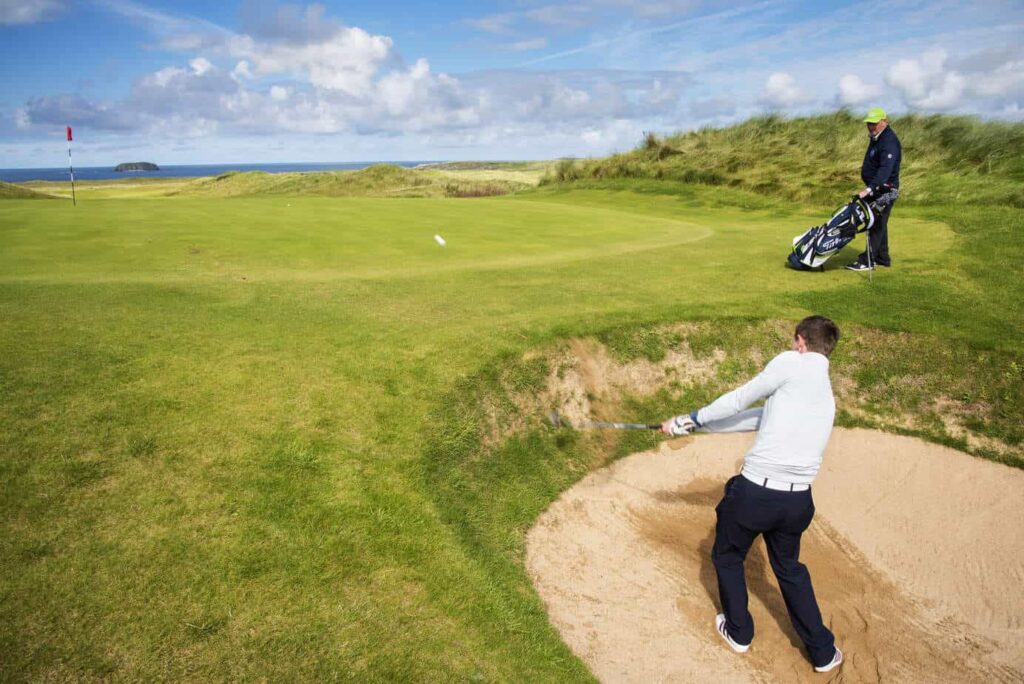Do you freeze-up over your ball for 5 or 10 seconds before you execute your putt or drive? A recent golf tip said that the best putters keep moving their feet and hands before they putt. Patrick Cantlay is one of those movers and shakers. In the past, golfers all used some sort of waggle before they hit their drives, but we don’t see so much of that typical waggle like Jason Dufner. Mike Weir used a takeaway waggle and now I see that Justin Thomas is using a similar pre-shot motion. Is there a benefit adding motion to your arms and legs before you putt or hit any shot?
I decided to experiment with active hands, feet and legs before putting and hitting my driver. It really makes sense that you should not let your muscles freeze up before your make a controlled swing. Fortunately, I have discovered the reasoning with amazing success without using any of the historic waggles.
Putting Issues
Successful putters need to “feel” the right amount of swing required to pass a hole by up to 2 feet and they also need to choose the right target line to anticipate any break in their putt. Your planning is critical but your swing has to be smooth too. Nervous shaking hands will NOT HELP YOUR PUTTS. That’s why putting needs to be completed by rocking the major muscles in your shoulders and avoiding any small muscle jitters from your wrists or hands.
Putting Solution [Don’t freeze-up over the ball.]
After you line-up your putt and make a practice swing (by rocking your shoulders) with enough force to pass the hole, (1) move up to your ball and lift your putter away from your ball to make one more practice swing (by rocking your shoulders). (2) Look up to your straight-line target point for 2 seconds. (3) Then in 1 continuous motion, visually trace the line directly back to the grass behind your ball as you swing your putter back and up your target line without looking up from your focus point (behind the ball). BINGO, you will sink more putts.
Driver and Iron Solution
A poor first hole drive can destroy the mental outlook for your round. You are nervous so you can’t afford to freeze your body waiting to make your shot. Take your practice swing and then move forward to your ball. DON’T FREEZE-UP OVER YOUR BALL FOR 5 TO 10 SECONDS. Make a slow 2-3 foot backswing (waggle) to activate your spine and hip rotation for the backswing that you plan for your shot and then use the same motion to initiate your drive. BINGO, you will no longer miss your first tee shot (and many other nervous iron shots).
Click here to see a video of Mike Weir’s Waggle.
Of course, you may or may not want to use this muscle warm up for all of your woods, hybrids and irons. It wakes up back muscles and helps you slow down your takeaway.
I am really excited to share my personal experience with amazing success to overcome my shaking arms and tight back muscles. You may want to customize your pre-shot motion to suit your swing but I am totally recommending more motion and less time staring at your ball while you wonder how bad your shot will be.
Stay loose and practice with GOLFSTR+ for every swing in your game www.GOLFSTR.com










